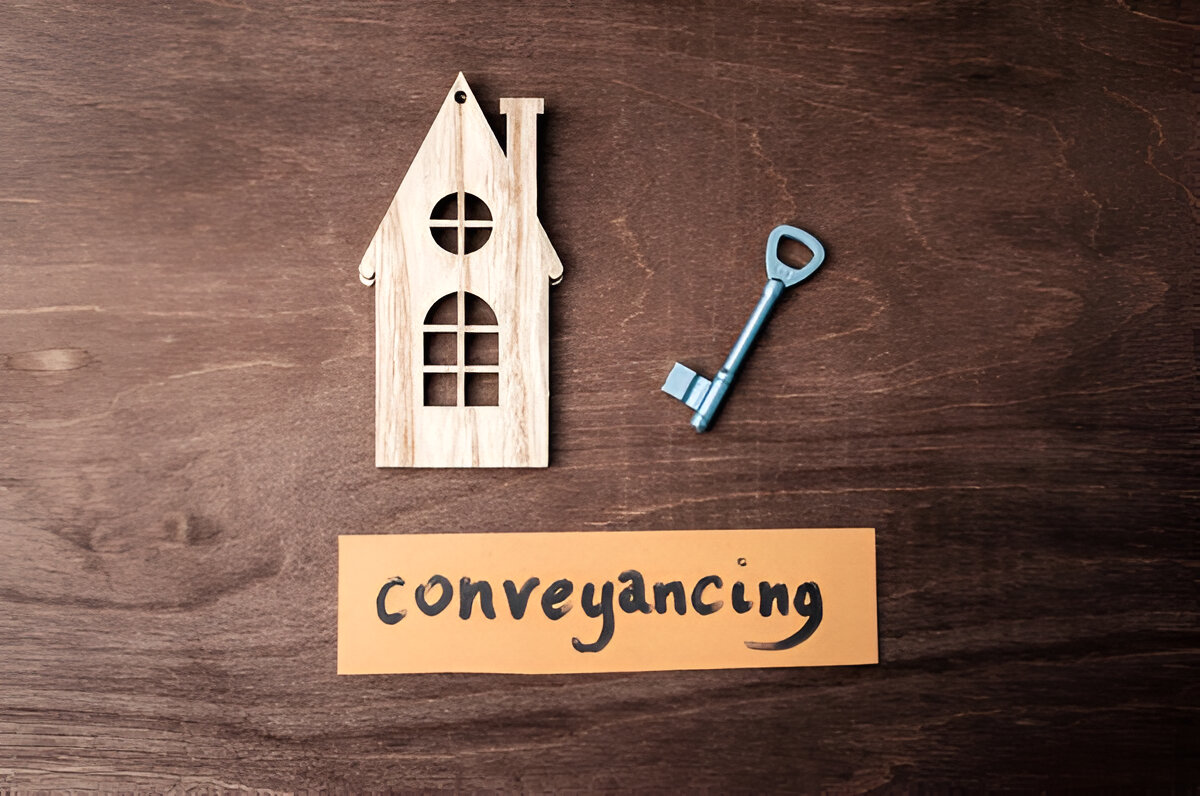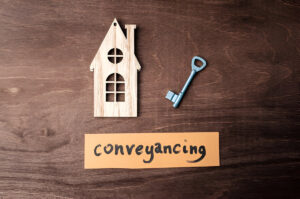Buying or selling a home is one of the biggest financial decisions most of us will ever make. But once your offer is accepted (or you’ve found a buyer), what actually happens next? That’s where conveyancing comes in — the legal process of transferring property ownership.
In this guide, we’ll walk you through the conveyancing process UK, step by step. Whether you’re a first-time buyer or moving up the property ladder, you’ll learn what conveyancing involves, how long it takes, how much it costs, and how to avoid common pitfalls.
What is Conveyancing?
In simple terms, conveyancing is the legal and administrative work needed to transfer property ownership from one person to another.
It covers everything from checking the property’s legal title, to carrying out searches, drafting and reviewing contracts, managing mortgage documents, and finally registering the new owner with HM Land Registry.
Conveyancing is usually handled by either a solicitor or a licensed conveyancer:
-
Solicitor – a qualified lawyer with broader legal expertise.
-
Licensed conveyancer – a professional trained specifically in property law.
Both are regulated, so you’re protected either way — the key is choosing someone experienced and proactive.
Step-by-Step: The Conveyancing Process UK
Here’s what typically happens when you instruct a solicitor or conveyancer:
1. Instruction
You appoint a solicitor or conveyancer to act on your behalf. They’ll provide initial forms and ID checks before opening a file.
2. Drafting the Contract & Property Information Pack
If you’re the seller, your solicitor prepares a draft contract and gathers documents about the property (title deeds, lease details if leasehold, fixtures & fittings list, etc.).
3. Searches & Enquiries
For buyers, the solicitor will carry out property searches, including:
-
Local authority search (planning, highways, restrictions)
-
Water and drainage search
-
Environmental and flood risk checks
-
Land Registry title checks
These uncover any legal, structural, or environmental issues before you commit.
4. Mortgage & Finance
If buying with a mortgage, your lender will issue a formal offer. Your solicitor checks the conditions, explains them to you, and prepares the mortgage deed for signature.
5. Exchange of Contracts
Once everyone is satisfied with the searches, enquiries, and mortgage, contracts are signed and exchanged. At this stage, the agreement becomes legally binding, and a completion date is fixed.
6. Completion Day
The buyer’s solicitor transfers the purchase money, and the seller’s solicitor confirms receipt. The keys are handed over — congratulations, the property is officially yours (or sold)!
7. Post-Completion
The buyer’s solicitor pays any Stamp Duty Land Tax (SDLT) and registers the new ownership at HM Land Registry.
6. Completion Day
The buyer’s solicitor transfers the purchase money, and the seller’s solicitor confirms receipt. The keys are handed over — congratulations, the property is officially yours (or sold)!
7. Post-Completion
The buyer’s solicitor pays any Stamp Duty Land Tax (SDLT) and registers the new ownership at HM Land Registry.
How Much Does Conveyancing Cost?
Conveyancing fees vary depending on whether you’re buying or selling, the property value, and whether it’s freehold or leasehold.
-
Typical range: £850 – £2,500 (plus disbursements such as search fees, Land Registry fees, and Stamp Duty if applicable).
-
Leasehold properties usually cost more due to extra legal checks.
It’s worth comparing quotes, but remember that cheapest isn’t always best — communication and efficiency are priceless during a stressful move.
Common Pitfalls (and How to Avoid Them)
-
Gazumping – When a seller accepts a higher offer after agreeing to sell to you (before exchange).
-
Solution: Consider a lock-out agreement or move quickly to exchange.
-
-
Chain Delays – If your purchase depends on others buying or selling at the same time.
-
Solution: Keep in close contact with your solicitor and estate agent to monitor progress.
-
-
Unexpected Costs – Extra fees for leasehold enquiries, managing agents, or slow searches.
-
Solution: Ask for a clear breakdown of fees upfront.
-
Choosing the Right Conveyancer
When picking a solicitor or licensed conveyancer, look for:
-
Transparent pricing with a full breakdown of costs.
-
Clear communication (quick to respond to emails/calls).
-
Experience with your type of property (leasehold, new build, shared ownership, etc.).
-
Good reviews or personal recommendations.
A reliable conveyancer can save you time, stress, and sometimes even money in the long run.
Final Thoughts
The conveyancing process UK may seem complicated, but with the right solicitor or licensed conveyancer guiding you, it can be surprisingly smooth.
By understanding the steps involved, knowing the likely timescales and costs, and being aware of potential pitfalls, you’ll be better prepared for one of life’s biggest transactions.
Whether you’re buying your first flat, selling your family home, or adding to a property portfolio — conveyancing is the essential bridge that turns your move from dream to done.
📞 Call us: 07958623124 / 01753382782
📧 Email: enquiries@capitalonesolicitors.co.uk
Useful information here
Contact us Now
Let us protect your rights—before it’s too late.




